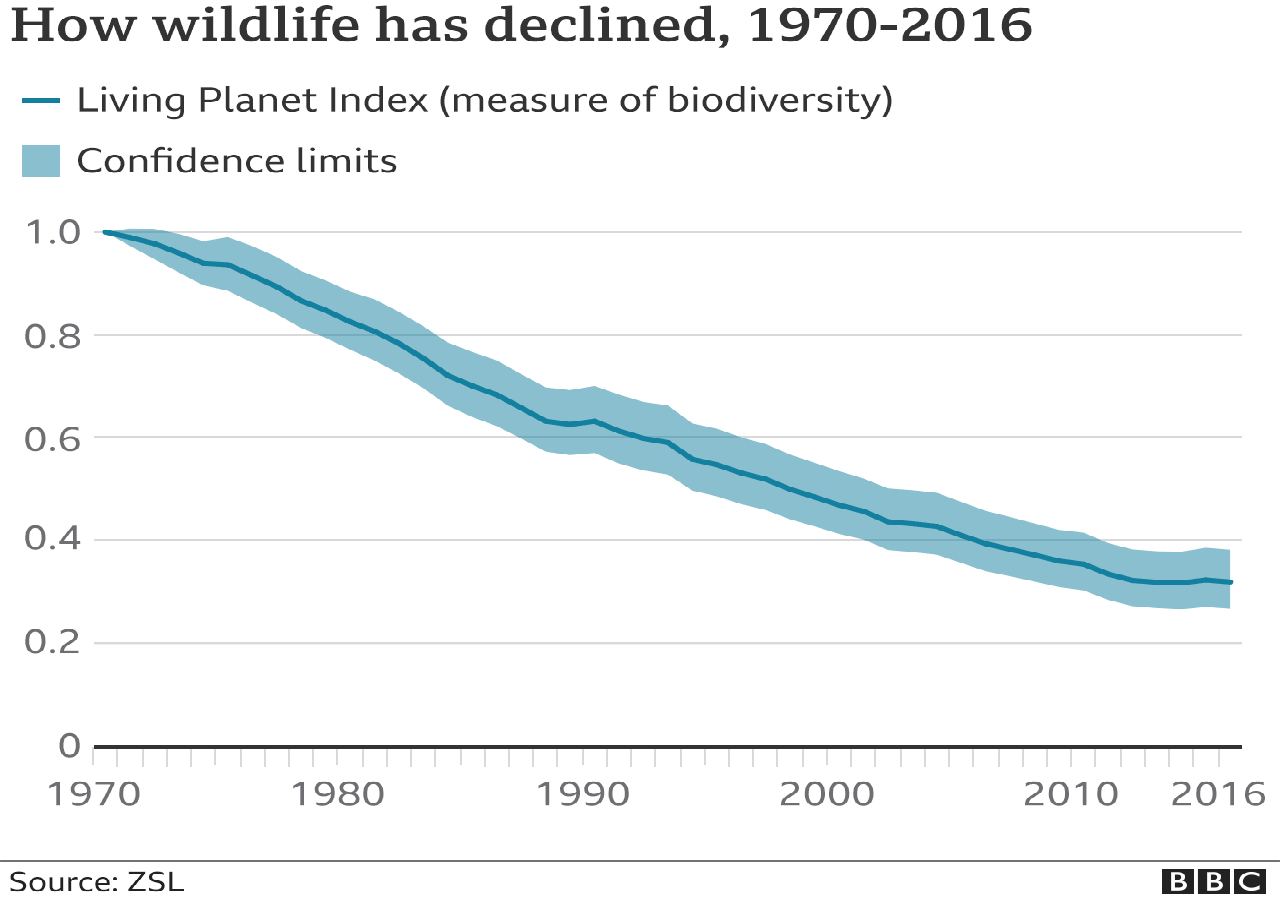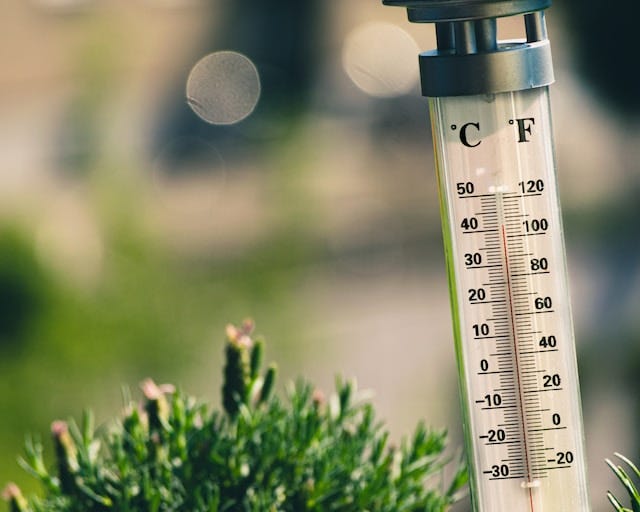
SUNDAY, DEC 11, 2023: NOTE TO FILE

Overshoot Definition
Eric Lee, A-SOCIATED PRESS
TOPICS: OVERSHOOT, FROM THE WIRES, A DEFINITION
Abstract: Overshoot from a naturcentric view.
COOS BAY (A-P) — I don’t want to belabor the obvious, but I wish to attempt to define ‘overshoot’ from a naturcentric POV or systems view, rather than a species-centric one.
Overshoot: The point at which the footprint of a species (e.g. locust, plague phase populations, invasive species, adaptive but non-evolvable dissipative subsystems) causes harm (potential or actual loss of biodiversity, the extinction of other species and niche degradation) such as by preventing the evolution of new species to replace those whose extinction may already have been caused. Overshoot is a condition of harm to an ecosystem, not initially to the species causing the harm, whose experience of harm is delayed (e.g. reindeer on St. Matthew Island). Overshoot is a pathology of the system that reduces maximum empower for a time, and is therefore selected against long-term, e.g. cancer, technoindustrial society.
For modern expansionist humans, overshoot began regionally 50k to 60k years ago as an invasive form of human, and our global overshoot began about 3,000–4,000 years ago (in the same sense as a pot of water begins to boil when small regions of the bottom begin to form bubbles, reach 100ºC) when human populations exceeded 30–40 million totaled and perhaps over half were living in empire-building (expansionist) complex societies from chiefdom to state level (first state level, Uruk 5k–6k BP). The likely carrying capacity for humans that leaves room for Nature (does not cause extinction of other species) may be unimaginably low from the POV of modern expansionist humans, over half now living in urbanscapes, nearing the climax of their global secession (a pot of water may begin to boil well before it ‘boils over’).
To allow respeciation following the Anthropocene, humans, if there is ever ‘a human on the planet that really does understand it and can live with it properly’ [James Lovelock], should depopulate to something closer to 35 million and not to a 500–600 million maximum that may be possible if no room is left for Nature apart from areas outside the human/pet/livestock/crop/structure sprawl that a marginalized Nature can occupy [see Carrying Capacity and Overshoot].
And I’ve mangled the concept and got it all wrong (maybe), so corrections would be of interest (otherwise humans need to think about rapid 99.5% depopulation (ask me how) or agree to compete to see if we can cause a bigger mass extinction event than the Permian). As E.O. Wilson noted, we are playing (badly) a global high-stakes endgame for the first time.

SUBNOTE TO FILE 7/30/2023
Why I don’t consider climate change our root problem— and I’d welcome economies that recognize limits to growth
A few days ago, my car’s thermometer registered 108 degrees. My landscaper-husband and I have lived in New Mexico for more than three decades and have never known high temperatures like these. He can’t work outside in such heat; I can only last for short spurts. Our (rented) house has no air conditioning. To get through this unprecedented month, we hang out in cafes or the library or sleep through the afternoons. Mainly, we wait for cooler weather.
I see climate change at work here; and—I do not consider it our root problem. At the root, we’ve got overshoot: unlimited manufacturing and consumption of goods on a planet with finite raw materials. Like wildlife habitat loss, increased population and income disparities, climate change is a consequence of overshoot.
Here are concepts that help me understand overshoot:
1. Manufacturing activates the global super factory that guzzles fossil fuels, extracts ores, powers smelters, makes chemicals, guzzles water, violates human rights, ships raw materials and finished items between continents—and generates hazardous waste that does not biodegrade from products’ cradles-to-graves.
2. Most energy and waste occur during manufacturing.
3. No technology is safe until proven safe. What does “safe” mean? For starters, since all electronics (including cellular sites, data centers, smart meters, EVs and chargers, solar PVs, industrial wind turbines and batteries) pose fire hazards, safe means that professional engineers (PEs) who hold liability have certified that the product’s and infrastructure’s fire and collapse hazards have been mitigated. Could “safe” also mean that a product’s chemicals and radiation emissions do not harm water, soil, air or living creatures…from its cradle to its grave? What governing agency could regulate and monitor such safety?
4. In 1865, in The Coal Question, William Jevons explained the paradox that efficiency actually increases energy use (and extractions, water use and waste, etc.): when manufacturers produce more of an efficient item and lower its cost, more consumers buy it. More production requires more energy, extractions, water and shipping—and generates more waste.
5. Operating anything electronic requires infrastructure—i.e., a power grid, telecom access networks, data storage centers. Adding infrastructure like 5G, smart utility meters, grid-connected rooftop solar, battery electricity storage, electric vehicle (EV) chargers, etcetera…makes operating existing infrastructure more complex. For example, the vast majority of homes with rooftop solar systems keep grid-connected and return unused electricity to their utility. Solar systems provide only intermittent power. They generate most energy from about 11am until 3pm; but electricity demand is greatest between 5pm and 8pm (prime time for air conditioners). Solar generation and electricity demands do not jive. Rooftop solar systems remain dependent on natural gas, coal, nuclear power or batteries, which all have unwanted ecological consequences.
6. Solar generation can weaken grid stability. When unused electricity generated by solar PVs is returned to the grid, the utility must closely monitor their power reserves. To prevent power surges, some utilities pay other utilities to take their extra power.
7. If we evaluate products from their cradles-to-graves, there's no such thing as “green,” “clean,” “sustainable,” “zero-emitting,” “carbon-neutral.” These are marketing terms.
8. The United Nations’ Environmental Program’s 2016 report noted that countries that invest heavily in “green” technologies—Sweden, Germany, Finland and the U.S.—rank environmentally sustainable on the UN’s index of sustainable goals.24 China, the Democratic Republic of Congo and India—where ores are mined and smelted; where manufacturers make chemicals and dope silicon for solar panels and transistors; where e-waste is discarded…these countries generate CO2, toxic waste and worker hazards—and rank environmentally unsustainable with the UN’s sustainable development goals (SDGs).
9. Buying rooftop solar systems, generators, e-vehicles might be great for the economy and provide tax breaks for individual households. They also perpetuate overshoot.
Recognizing limits to growth
Recently, a friend explained to me that our society deems only profitable “solutions” worthwhile.
Still, I wonder: to decrease overall energy use, extractions, water and waste, could we shift from individually-owned cars to public transportation; biodegradable products; more walkable communities and re-localizing economies?
Could we build networks that strengthen local, regenerative agriculture and food storage, locally-made biodegradable and repairable tools? Could we decrease dependence on international supply chains (including for energy? Could we delay children's use of electronics until they master reading, writing and math on paper...and can compost kitchen scraps?
Today, I’m admiring the work of farmers who build and modify their own tools, biodegradable stretch denim, and solar powered water pumps for small farm irrigation.
I’m also appreciating cool wash cloths and plenty of CCF (cumin, coriander, fennel) tea.
UPDATES
On seabed mining: The UN-affiliated International Seabed Authority missed a deadline on July 9 to enact regulations to allow the mining of deep-sea ecosystems for metals used in e-vehicle batteries. The Authority must therefore accept license applications from mining companies—even while it has no environmental safeguards for mining manganese, nickel, copper, cobalt, molybdenum, iron, gold, zinc, lead, barium, silver, sulphides, etc. from the deep sea. Deep sea ecosystems are essentially unrestorable. Nodules take tens of millions of years to form. Over half of the species living in the Pacific abyssal plains depend on nodules. Seabed mining is unlikely to reduce terrestrial mining-related deforestation significantly. Will financial institutions support a moratorium on deep sea mining?
Lithium Nevada Corporation’s mine at Thacker Pass: The 9th U.S. Court of Appeals denied the latest bid by conservationists and tribal leaders to block construction of a huge lithium mine already clear-cutting thousands of acres of public land. The Thacker Pass mine’s reserves could provide lithium for more than 1.5 million e-vehicles per year for 40 years. Read Max Wilbert on Thacker Pass.
Cell towers have a breadth of individual and cumulative environmental impacts. The FCC’s environmental review process “fails to vigorously enforce its rules, so that industry noncompliance is rampant.” See former FCC official Erica Rosenberg’s “Environmental Procedures at the FCC: A Case Study in Corporate Capture.”

